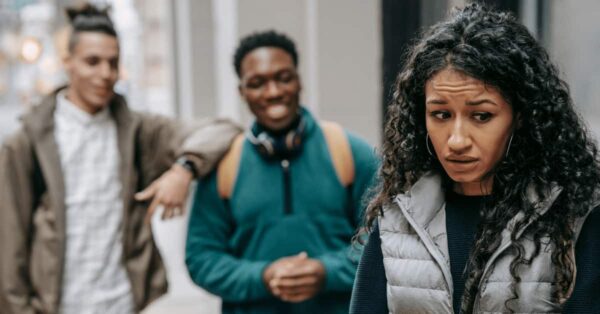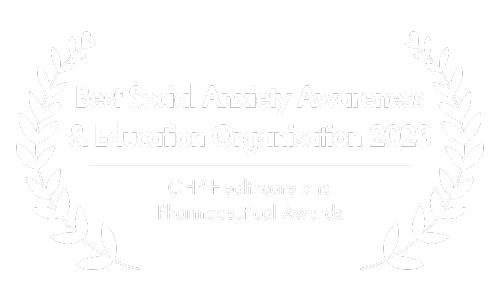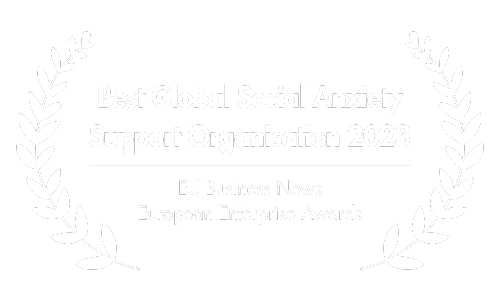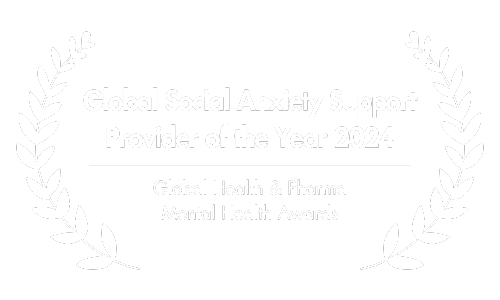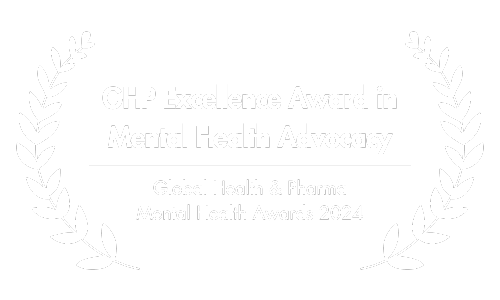Beyond Lockdown: Addressing the Silent Surge of Social Anxiety
This article contains a recommendation for an online therapy provider that helps with social anxiety. If you purchase product services through this link, you will receive a significant discount and we will receive a commission.
The COVID-19 pandemic has significantly altered the fabric of our society, presenting a myriad of challenges and transformative changes.
One of the less visible but profoundly impactful consequences has been on mental health, particularly highlighting and intensifying issues related to social anxiety.
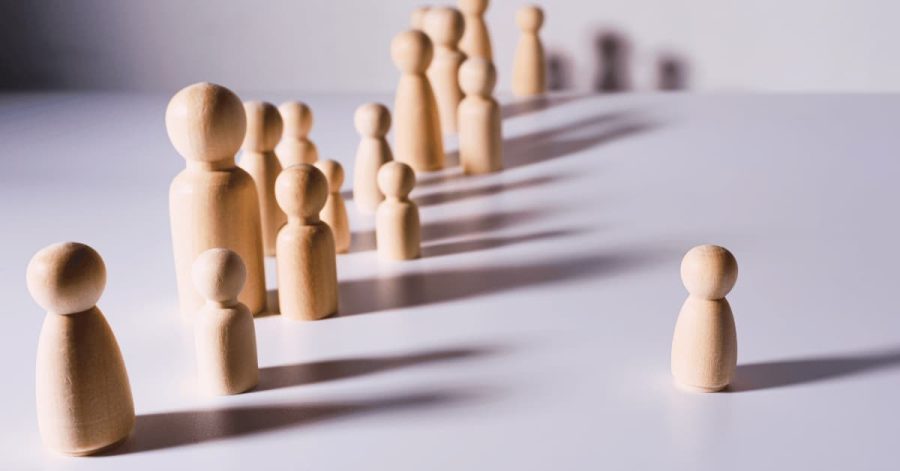
The abrupt transition to isolation and the ongoing uncertainty have amplified social interaction fears for many, underscoring the critical need for enhanced understanding and support in this area.
This article intends to delve into the dynamics between COVID-19 and social anxiety. It aims to analyze its effects, decipher its complexities, and provide practical advice for individuals navigating these challenges.
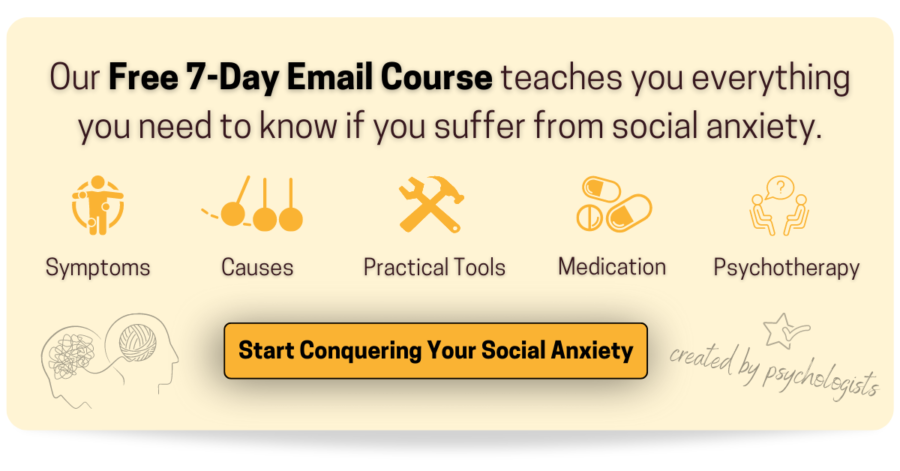
A. The Amplification of Social Anxiety Amidst COVID-19
At the core of the COVID-19 pandemic is a significant paradox: the necessary physical distancing measures for our health inadvertently fostered social anxiety among many individuals.
Social anxiety, characterized by an intense fear and avoidance of social interactions, found a fertile environment in the isolating conditions brought about by the pandemic.
A pivotal study by Kindred and Bates (2023) highlights the psychological toll of the pandemic, showing a noticeable rise in social anxiety across the general population.

Furthermore, the global mental health impact of the pandemic has been substantial, extending beyond social anxiety to encompass a wide range of mental health disorders.
According to a comprehensive study by Santomauro et al. (2021), the pandemic has led to a dramatic increase in mental health disorders worldwide, including major depressive disorder and anxiety disorders.
This research unveiled an alarming addition of 53.2 million cases of major depressive disorder and 76.2 million cases of anxiety disorders globally, marking increases of 27.6% and 25.6% respectively.
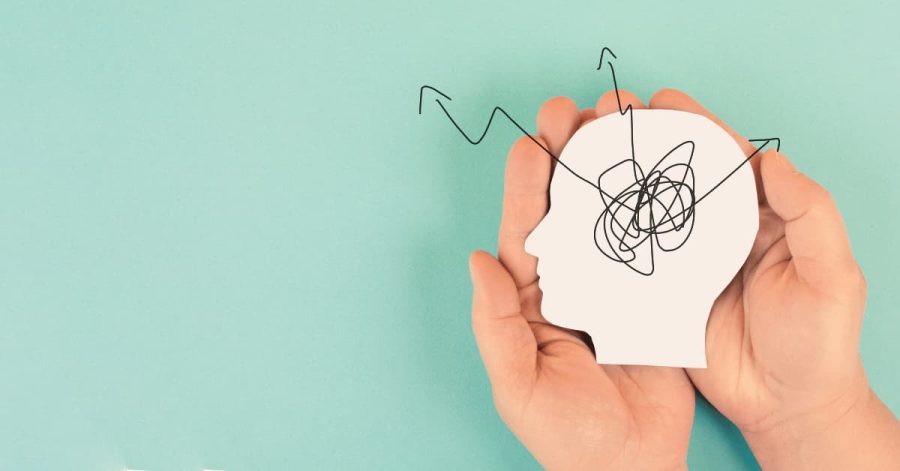
These increases are attributed to the direct effects of the virus as well as the social and economic disruptions caused by containment measures, underscoring the profound overall impact of the pandemic on mental health.
According to Kindred and Bates (2023), the pandemic has exacerbated existing social anxiety issues and also triggered new cases in those previously unaffected.
Their analysis, which aggregates findings from thirty-three studies, outlines a society struggling with compounded stresses—health concerns, economic uncertainty, and weakened social supports.

These stressors, along with reduced coping mechanisms and the direct impact of the SARS-CoV-2 virus, have collectively led to an increase in problematic social anxiety, marking a significant concern in the aftermath of the pandemic.
Moreover, a comprehensive study involving nearly 7,000 young adults across seven countries revealed a notable increase in social anxiety disorder (SAD) symptoms among individuals aged 16–29, with over a third meeting the diagnostic criteria (Jefferies et al., 2020).
Alarmingly, nearly half of these individuals were unaware their symptoms might indicate a mental health condition, underscoring a significant gap in awareness and understanding of social anxiety among young people.
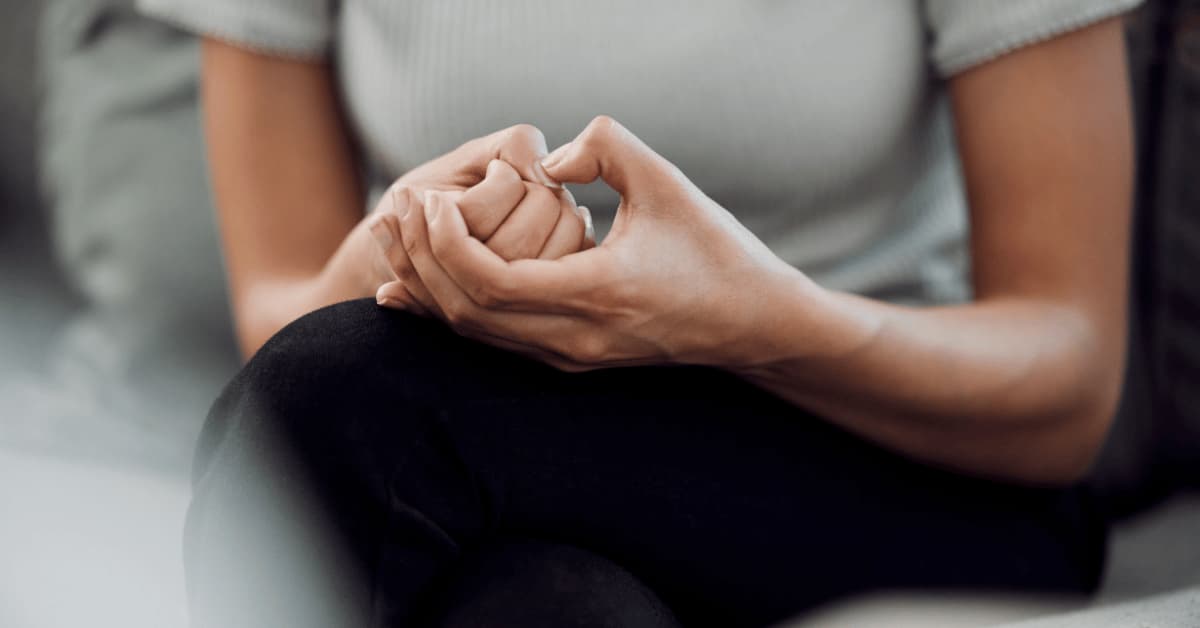
The implications of these findings extend well beyond the immediate health crisis. For those previously diagnosed with SAD, the pandemic environment may risk further deterioration of mental health, complicating their recovery journey.
As we explore the psychological aftermath of the pandemic, it’s clear that social anxiety constitutes a significant, albeit often overlooked, dimension of the global health crisis.
Gaining a deeper understanding of its dynamics, risk factors, and impacts is vital for devising effective interventions and support strategies.

B. Understanding the Link: COVID-19, Social Isolation, and Anxiety
The COVID-19 pandemic’s social distancing and lockdown measures have dramatically reshaped our lives, pushing a significant portion of our social interactions into virtual spaces, like zoom calls instead of face-to-face meetings.
This rapid shift, along with the broader push towards isolation, has markedly influenced our mental health, exacerbating existing conditions such as social anxiety.
Research, including findings from dos Santos et al. (2021), indicates a notable increase in mental health issues during the pandemic, with anxiety and depression seeing significant upticks.

These effects have been particularly pronounced among individuals aged 21 to 40, a group already navigating the challenges of career development and family life amidst the uncertainties brought on by the pandemic.
The study suggests that the enforced isolation has not only heightened general anxiety levels but has also specifically aggravated social anxiety.
For individuals with social anxiety, the pandemic has intensified fears of social interactions, even in virtual settings, due to the lack of familiar social cues and the added pressures of digital communication.

Moreover, the impact of the pandemic has varied significantly with geography, with those in the hardest-hit areas experiencing a higher risk of severe depression and a notable deterioration in sleep quality.
These factors, compounded by uncertainties about the future, have deepened the mental health crisis, pointing to the urgent need for effective support and intervention strategies.
These observations highlight the critical relationship between the pandemic-induced social isolation and the exacerbation of mental health problems, including social anxiety.

C. Social Anxiety and Online Communication During the Pandemic
The move to online communication, marked by frequent Zoom calls and other virtual interactions, combined with required physical distancing, has significantly influenced social anxiety across different age groups.
Both teenagers and adults have found themselves in new territory, adjusting to these changes and their effects on mental health.
A study focusing on the broader implications of increased digital communication during the pandemic highlights how reliance on texting, social media, and video games has surged as people sought to maintain connections amidst physical distancing measures (Itani et al., 2021).
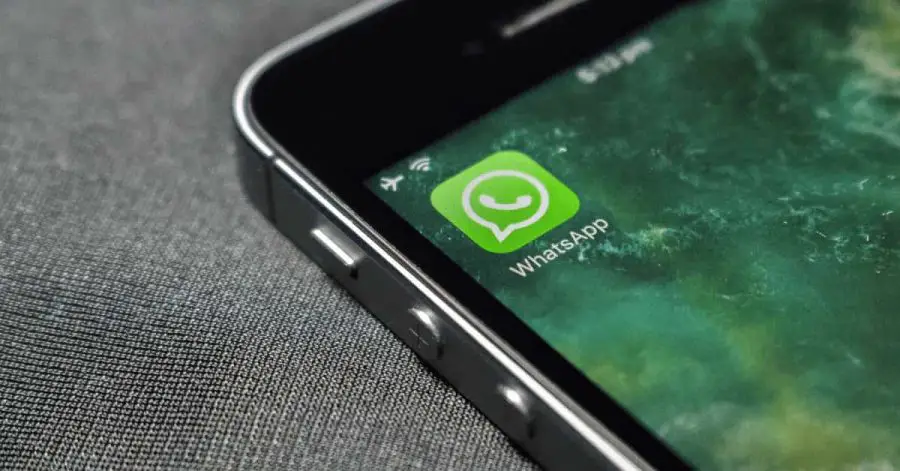
While these platforms have played a crucial role in keeping us connected, they have also been associated with heightened levels of social anxiety.
The immediacy and permanence of digital communication, along with the pressure to present oneself in a certain way online, can exacerbate feelings of anxiety and inadequacy.
Particularly for teenagers, who are at a critical stage of social and emotional development, the pandemic has posed unique challenges.

The reliance on digital communication during formative years can interfere with the development of face-to-face interaction skills, potentially heightening social anxiety.
However, adults are not immune; the sudden shift to remote work and the blurring of personal and professional boundaries online have contributed to increased social anxiety among working professionals.
The reliance on Zoom calls for meetings and collaboration, often without clear guidelines on virtual etiquette and the constant visibility and scrutiny, can heighten feelings of anxiety, making digital communication a significant stressor in the workforce.

Interestingly, the study by Itani et al. (2021) also identifies factors that may mitigate the impact of digital communication on social anxiety.
For instance, maintaining a balance between online and offline activities, when possible, and fostering strong, supportive relationships can help.
For teenagers, regular pre-pandemic socialization appears to buffer against heightened social anxiety, suggesting the importance of real-world interactions in developing social confidence.
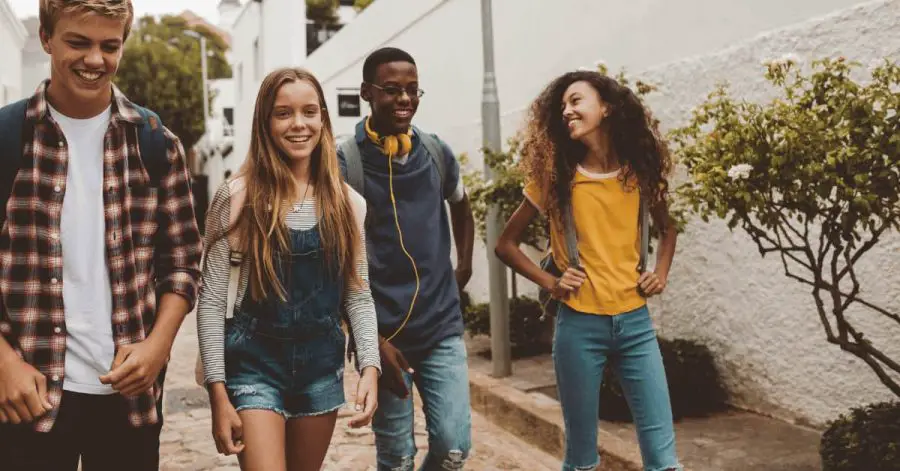
D. Strategies for Managing Pandemic-Induced Social Anxiety
While the research highlighted earlier provides a stark overview of the pandemic’s impact, it also lays the groundwork for developing targeted strategies to cope with and overcome social anxiety in these turbulent times.
Reconnecting with the World: Step by Step
Insights from the research discussed so far have highlighted how social anxiety has been exacerbated by isolation for numerous individuals.
Now, with the pandemic behind us and the absence of social distancing requirements, the challenge shifts towards re-acclimating to real-life interactions.

The extended period of increased physical isolation has ingrained a habit of relying on non-physical interactions, conditioning our brains and bodies to a virtual mode of socialization.
However, online interactions lack the hormonal responses triggered by face-to-face encounters. These hormonal releases are vital, as they reinforce the notion that social situations are inherently rewarding.
Engaging in real-world social interactions allows these hormones to flow more freely, teaching us on a physiological level that social connections are satisfying and beneficial.
Repeatedly experiencing these interactions is crucial to bolster our natural inclination to seek out and enjoy real-world social encounters.

Gradual reintegration into social settings is key to adapting to life post-pandemic.
This transition can be facilitated by the principles of habituation and exposure, which posit that gradual and repeated exposure to social situations can help decrease sensitivity to them over time.
Start with manageable steps that promote direct social contact, such as enjoying a coffee with a friend or joining local community events.
These activities not only rebuild comfort and confidence in face-to-face interactions but also stimulate the hormonal responses associated with the rewarding aspects of social connectivity.

Over time, as these real-world interactions become more routine, the initial anxiety and novelty begin to fade, making social situations feel more natural and less intimidating.
It’s critical to proceed at a comfortable pace, respecting personal boundaries while gently expanding them.
This approach encourages the development of new, healthier social habits, reinforcing the body’s natural mechanisms that highlight the intrinsic satisfaction of social engagement.

Balancing Digital and Physical Realms
The pandemic has significantly intensified our use of digital platforms for staying connected, a shift that has contributed to increased social anxiety.
This digital overreliance can detract from the benefits of real-world interactions, which are essential for healthy social development and mental well-being.
To counteract this, it’s important to actively seek a balance between digital and physical worlds.
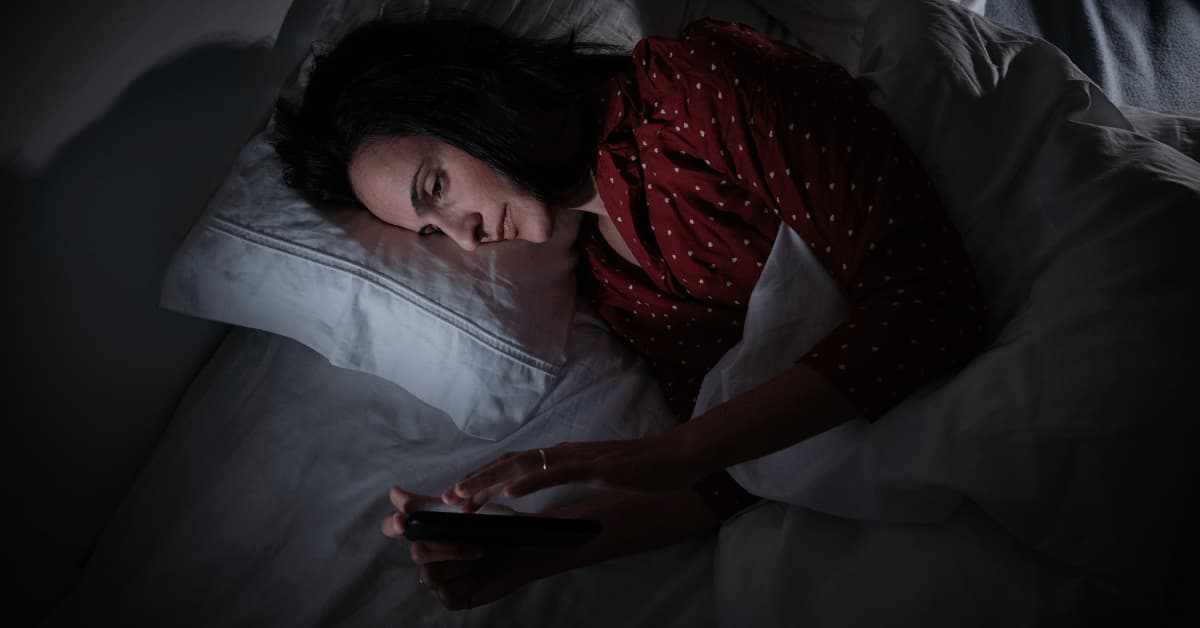
Limiting time spent on social networks and other online activities can help mitigate the potential negative effects of excessive screen time, such as diminished attention span, disrupted sleep patterns, and heightened anxiety.
Instead, prioritizing physical activities, engaging in hobbies that require hands-on involvement, and fostering face-to-face interactions can reinforce the value of direct human connections.
Creating this balance is crucial for reducing the dependency on digital communication as the primary means of interaction.
Encouraging more authentic, in-person experiences can help alleviate the sense of isolation often exacerbated by digital platforms, promoting a healthier, more fulfilling social life.
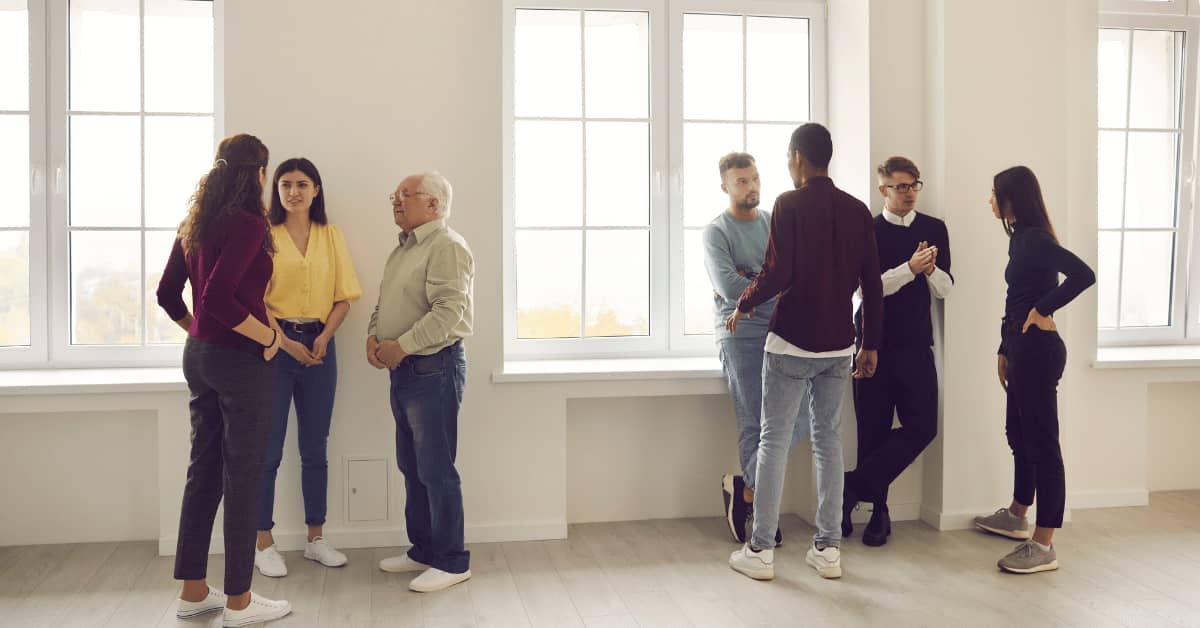
Enhancing Coping Skills
Developing a toolkit of robust coping strategies is essential for navigating social anxiety. There is a spectrum of techniques that can prove beneficial in challenging social situations.
Mindfulness Practice
Mindfulness aids in grounding you in the present moment, thereby lessening the overpowering influence of anxious thoughts tied to past or future social interactions.
It achieves this by shifting your focus to non-threatening aspects of the current moment.

Additionally, engaging in mindfulness practices has been linked to physical changes in the brain, such as increased gray matter density in areas associated with attention, emotion regulation, and self-awareness, which correlate with reduced anxiety levels.
Deep Breathing Exercises
Deep breathing provides a quick and accessible way to manage acute anxiety symptoms.
By focusing on your breath, you can activate the body’s relaxation response, counteracting the stress and anxiety that social situations may trigger.

Cognitive-Behavioral Therapy (CBT) Strategies
CBT tackles the underlying thought patterns that contribute to social anxiety by challenging and reframing negative beliefs about social interactions.
This process not only helps build confidence but also significantly reduces anxiety over time.
Additionally, CBT equips individuals with practical skills to manage and navigate social situations more effectively, thereby directly addressing and alleviating symptoms of social anxiety.

Additional Practical Tools
There are a number of additional practical steps to take that help with social anxiety.
For example, regular physical activity and ensuring a healthy sleep schedule are foundational practices that can significantly impact your ability to manage social anxiety.
These strategies improve overall well-being and directly contribute to reducing the symptoms of social anxiety by enhancing mood stability and stress resilience.

Seeking Professional Help
For many individuals, the practical steps outlined above might not suffice to alleviate the heightened levels of social anxiety induced by the pandemic.
In such cases, turning to professional support can be a game-changer.
BetterHelp stands out as a prominent online therapy platform, providing convenient and effective access to professional assistance.
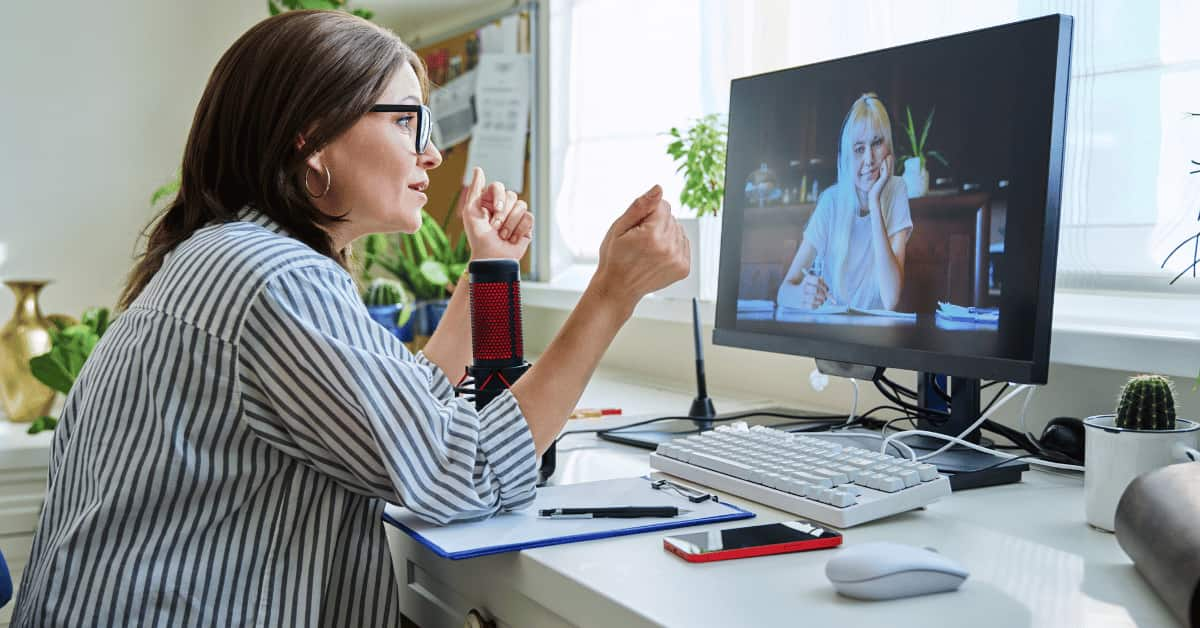
By signing up through our referral link, new users can avail themselves of an exclusive offer: a 50% discount on their first month of therapy.
This can serve as an accessible entry point for those who may be hesitant to seek help.
Online therapy is especially advantageous for individuals who are still navigating discomfort with in-person interactions, enabling them to receive support in a familiar and secure environment.
Our Free 7-Day Email Course
Another invaluable resource for those seeking to understand and overcome social anxiety is our comprehensive, free email course.
Over the course of 7 days, you’ll receive daily emails directly to your inbox, each one delving into a crucial aspect of social anxiety.
Topics range from recognizing symptoms and understanding diagnosis to exploring causes, evaluating medication treatments, psychotherapeutic approaches, and incorporating practical tools for managing anxiety.
This course is offered entirely free of charge, aligning with our commitment to ensuring that foundational information about social anxiety is accessible to everyone.

E. Conclusion: Navigating Social Anxiety in a Post-Pandemic World
The COVID-19 pandemic has left an indelible mark on our global landscape, creating challenges that have profoundly impacted mental health, beyond the immediate health implications.
Among these, social anxiety has notably intensified, fueled by prolonged isolation, the pervasive uncertainty, and the rapid changes of recent times.
Research paints a detailed picture of how the pandemic has affected social anxiety, shedding light on its increased incidence, underlying factors, and the demographics most affected.
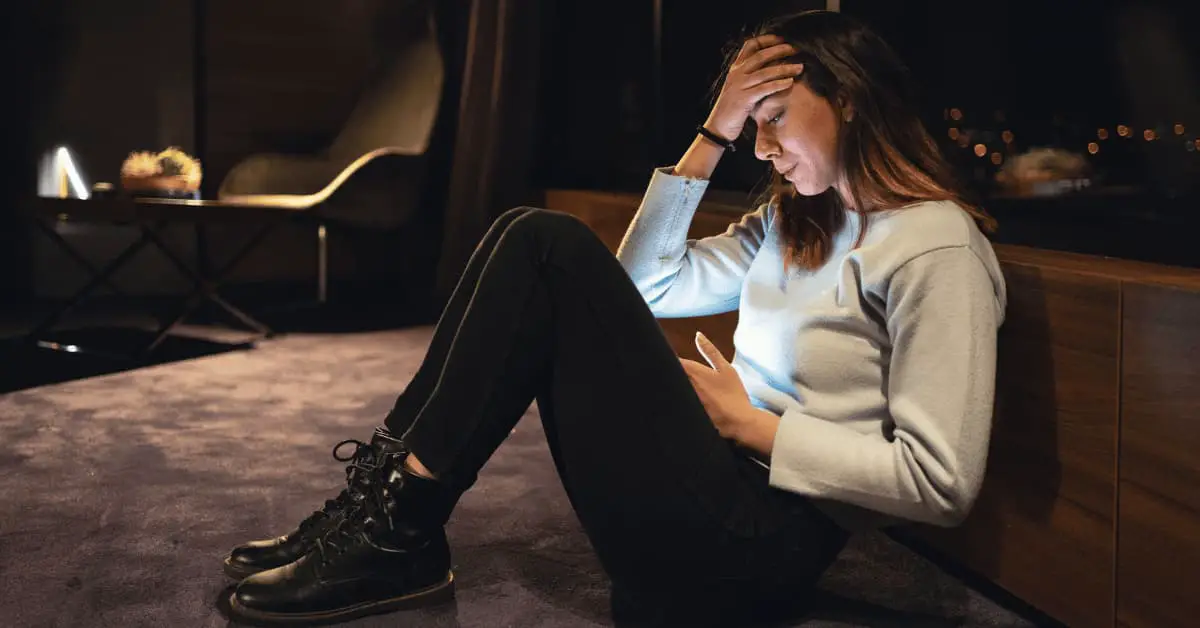
Leveraging the insights from these studies, we have proposed various strategies to address pandemic-related social anxiety.
These include the importance of easing back into social scenarios, striking a healthy balance between online and offline interactions, and fortifying coping skills to navigate anxious situations more effectively.
For individuals seeking additional support, platforms like BetterHelp provide an accessible and convenient avenue for professional guidance, offering the advantage of engaging in therapy from the safety and comfort of home.
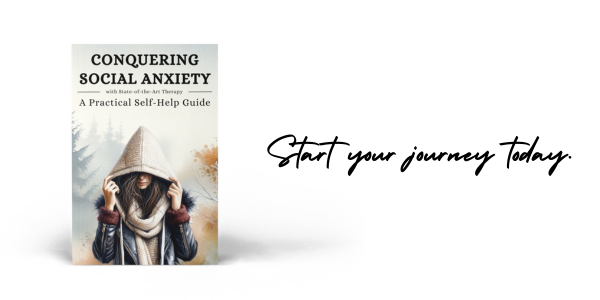
The pandemic has tested our resilience in countless ways, but it has also opened avenues for growth, understanding, and support.
By addressing social anxiety with compassion, evidence-based strategies, and a commitment to mental well-being, we can emerge from this crisis stronger and more connected than ever.
Dos Santos, E. R. R., Silva de Paula, J. L., Tardieux, F. M., Costa-E-Silva, V. N., Lal, A., & Leite, A. F. B. (2021). Association between COVID-19 and anxiety during social isolation: A systematic review. World journal of clinical cases, 9(25), 7433–7444. https://doi.org/10.12998/wjcc.v9.i25.7433
Itani, M. H., Eltannir, E., Tinawi, H., Daher, D., Eltannir, A., & Moukarzel, A. A. (2021). Severe Social Anxiety Among Adolescents During COVID-19 Lockdown. Journal of patient experience, 8, 23743735211038386. https://doi.org/10.1177/23743735211038386
Kindred, R., & Bates, G. W. (2023). The Influence of the COVID-19 Pandemic on Social Anxiety: A Systematic Review. International journal of environmental research and public health, 20(3), 2362. https://doi.org/10.3390/ijerph20032362
COVID-19 Mental Disorders Collaborators (2021). Global prevalence and burden of depressive and anxiety disorders in 204 countries and territories in 2020 due to the COVID-19 pandemic. Lancet (London, England), 398(10312), 1700–1712. https://doi.org/10.1016/S0140-6736(21)02143-7
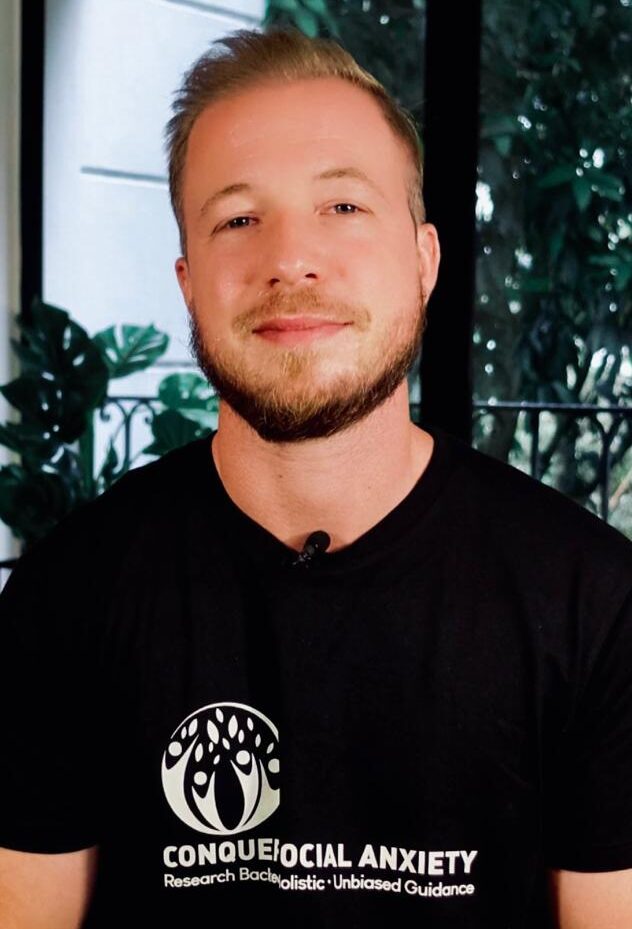
About the Author: Martin Stork
Martin is a professional psychologist with a background in physical therapy. He has organized and led various support groups for people with social anxiety in Washington, DC and Buenos Aires, Argentina. He is the founder of Conquer Social Anxiety Ltd, where he operates as a writer, therapist and director. You can click here to find out more about Martin.




